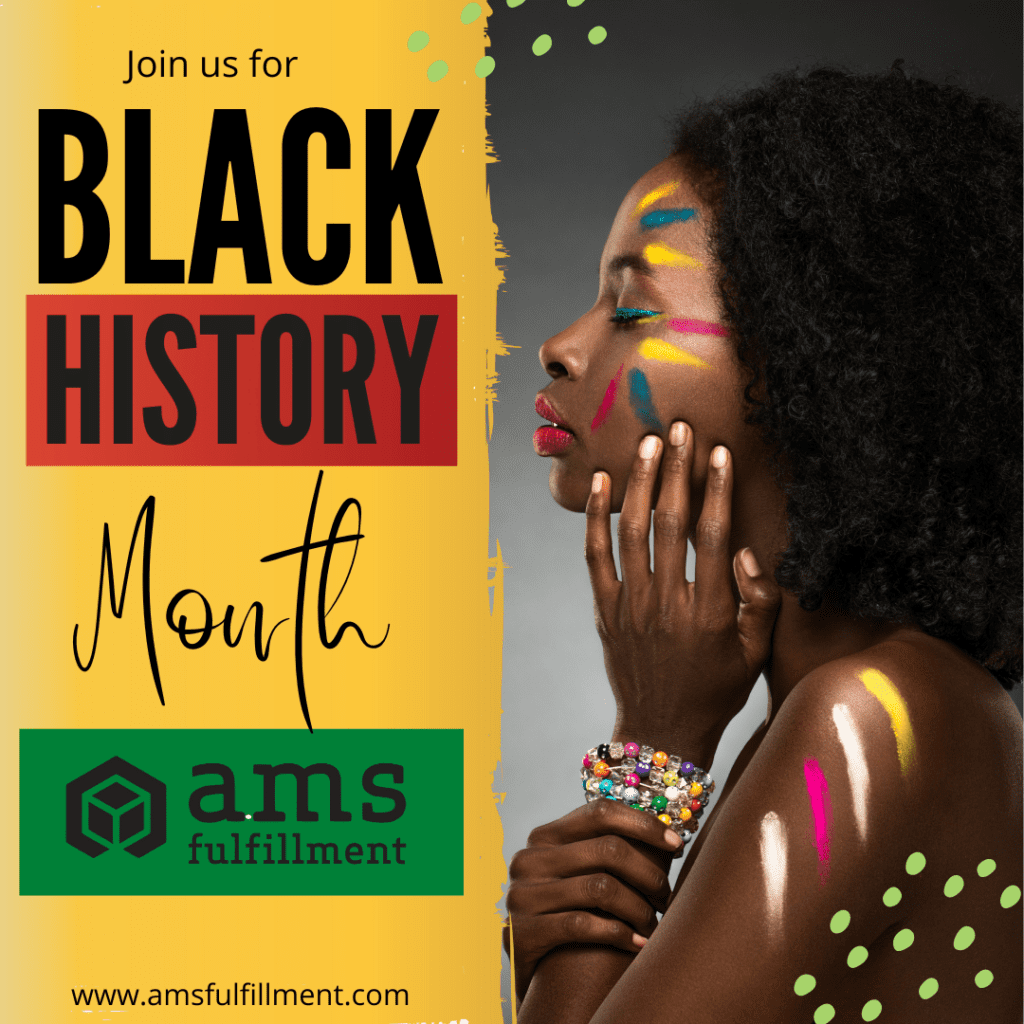

Our first Google description is as follows: “On May 31 and June 1, 1921, mobs of white residents attacked Black residents, homes, and businesses, as well as cultural and public institutions in the Greenwood District of Tulsa, OK, an oil boom city. Greenwood was also known as “Black Wall Street,” one of the wealthiest Black communities in the United States.”
More from Google: “Although racial segregation was the norm in post-Civil War America, Black Wall Street turned the tables on the system, as budding Black entrepreneurs were able to offer goods and services to their own neighbors since many white-owned businesses wouldn’t serve Black communities or customers.”
A Wealthy Black Community
In 1921, the Greenwood District in Tulsa, Oklahoma was a very prosperous Black community. From the Daily [LINK] we read the following: “This modern, majestic, sophisticated, and unapologetically black community boasted of banks, hotels, cafés, clothiers, movie theaters, and contemporary homes. Not to mention luxuries, such as indoor plumbing and a remarkable school system that superiorly educated black children. Undoubtedly, less fortunate white neighbors resented their upper-class lifestyle. As a result of a jealous desire to put progressive, high-achieving African-Americans in their place, a wave of domestic white terrorism caused black dispossession.”
As was the case with so much racial violence and lynching in the American South, a Black man was accused of attempting to rape a white woman in the elevator of the Drexel Building. Rather than investigate to see whether such a crime had occurred, there began a torrent of racial violence. Thirty-five city blocks were burned to the ground, at least 300 died and 800 were injured. All of this in defense of white female virtue.
Homes and Lives Lost in Violence
Continuing from the Daily, we see the following: “Accounts vary on what happened. Yet as a result of the Tulsa Tribune’s racially inflammatory report, black and white armed mobs arrived at the courthouse. Scuffles broke out, and shots were fired. Since the blacks were outnumbered, they headed back to Greenwood. But the enraged whites were not far behind, looting and burning businesses and homes along the way.” As we can see, according to the quote, the media is accused of inflaming the situation.
Estimates are that between nine and ten thousand people became homeless. According to the Library of Congress, “No insurance claims were honored for African Americans in the Greenwood District, and according to the Red Cross reporting, by July 1921, there were lawsuits filed by African Americans with claims over $4 million, which would be worth nearly $60 million today.” The article goes on to say that the Red Cross set up a hospital to care for the injured and it provided temporary tent housing with sides and floors of lumber.
“The Red Cross documented the violence in reports, which are available through the Tulsa Historical Society and Museum. The Association surveyed 1,765 families and found that 1,115 homes were burned and 314 homes were looted but not burned. Victims were relocated to a variety of areas, from Chicago to Houston, with approximately 300, mostly women and children, leaving to stay with relatives.
“In the preface of the 1921 report, Mr. Willows wrote: ‘The story of the tragedy enacted on the night of May 31st, 1921, and the morning of June 1st, 1921 has been told and retold, with all sorts of variations in the press of the country. Whatever people choose to call it a “race riot”; “massacre”; a “negro uprising;” or whatnot, the word has not yet been coined which can correctly describe the affair. This report attempts to picture the situation as representatives of the Red Cross found it, and to record the activities of the organization to bringing order out of chaos and administering relief to the innocents.’” Read the full article [HERE].
What We Can Learn
When we look into Black history, we see the sad reality of slavery and the international and domestic slave trade. We have the history as well of the Civil War, and the emancipation from slavery. Tragedies like the destruction of Black Wall Street are part of a decades-long story that includes a number of assaults on Black communities, and of course, we have seen many men killed by lynching.
Fear of the ‘other’ or the ‘unalike’ is found throughout human history. What better thing can we do now than learn about the human families and cultures until it dawns on us – we are all wonderful, unique human beings, far more alike than unalike. Today, the imbalance still exists in some of the judicial and prison systems and perhaps in other systems as well. Remnants of racism or discrimination in the structure are dismantled in the corporate world by JEDI and DE&I. As we can see, human beings have an inspiring capacity to change and evolve.
** ** **
AMS Fulfillment is a Certified B Corporation. We work to put people before profit, and B the Change we wish to see in the world.





